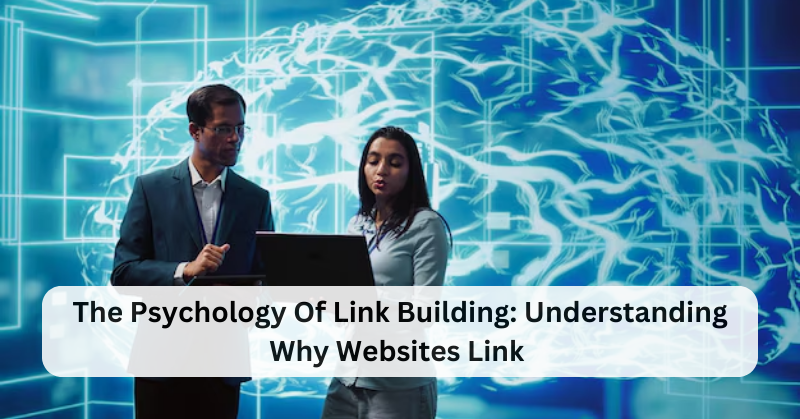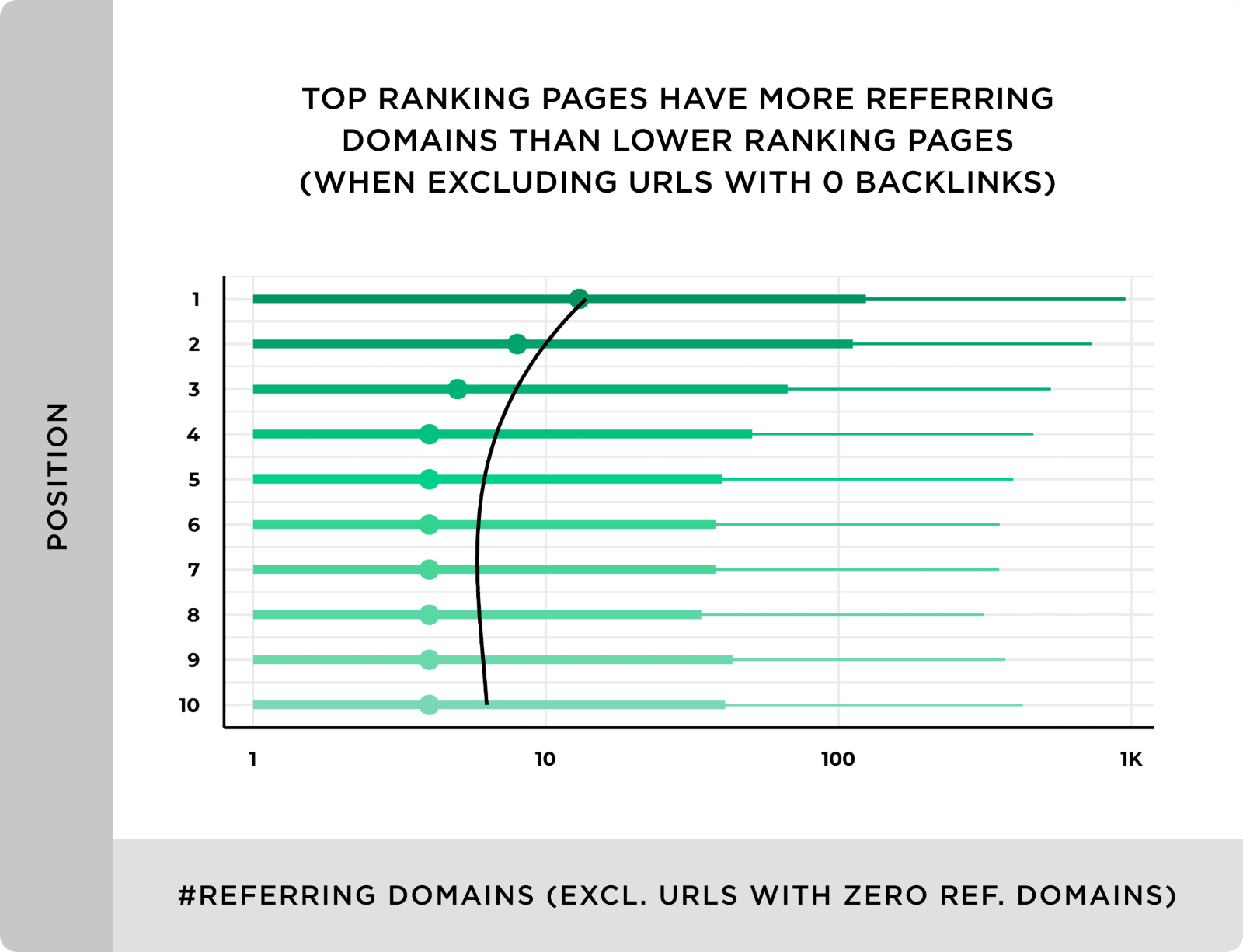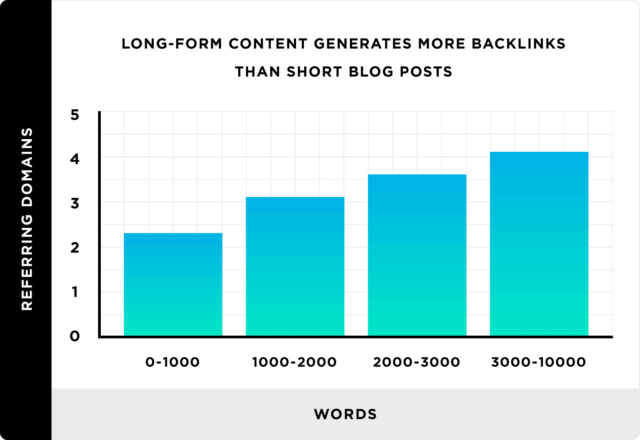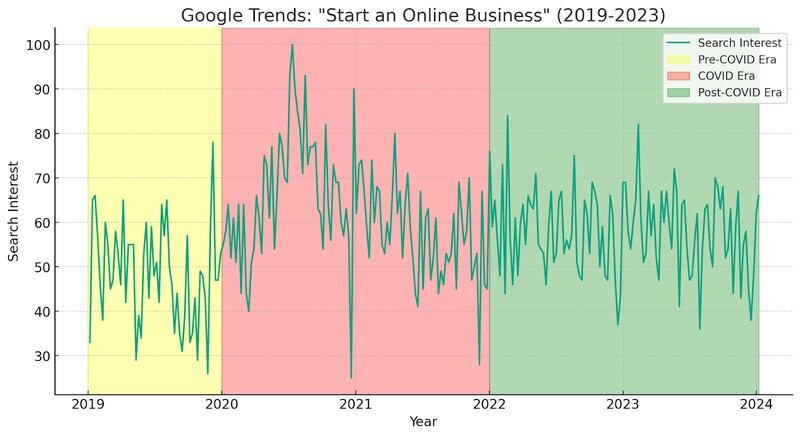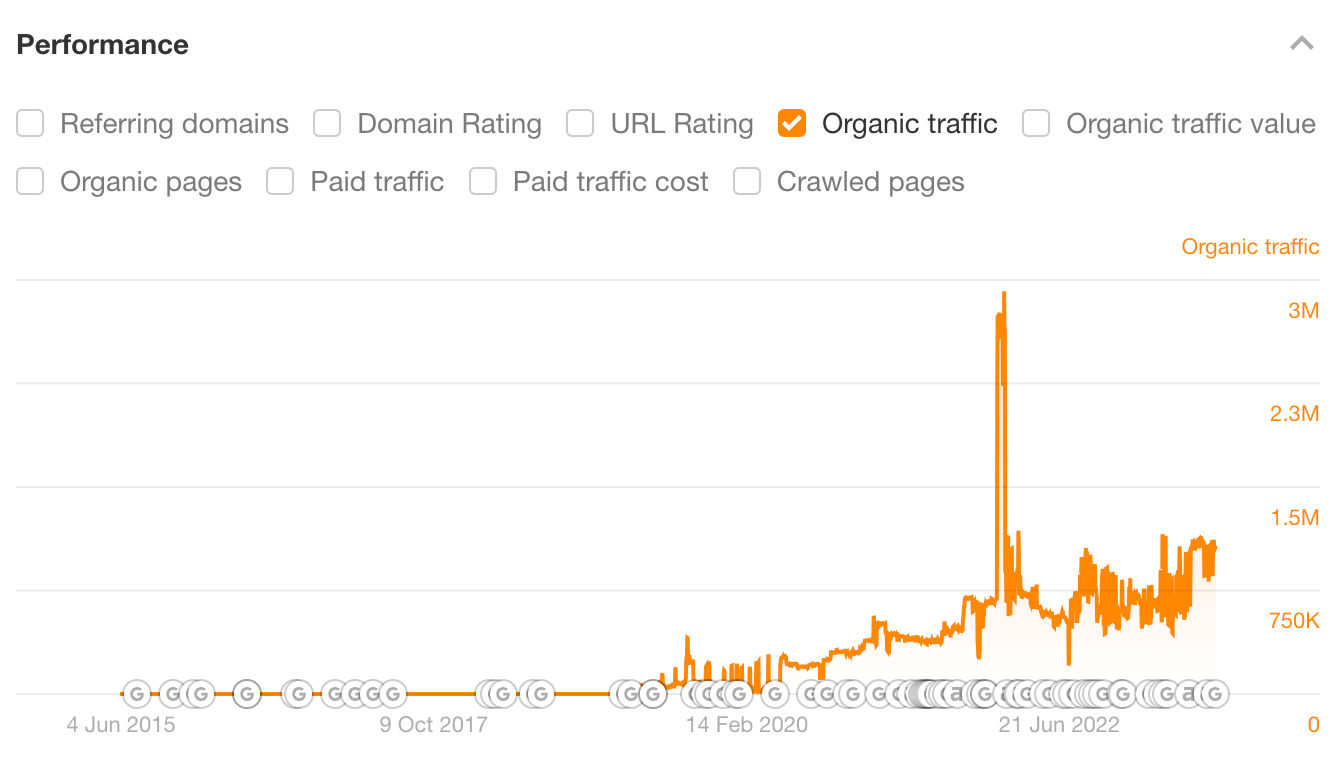Would you build a store where there are no roads leading to it?
Definitely not!
Even though people might know about your store they won’t be able to pay a visit because there are no roadways for them to follow.
Just like that, in the world of the internet, links are like roadways.
They work as a path for users and web crawlers to find your site. To create these pathways, you can use an on-page SEO technique called link building.
Link building is one of the main pillars of SEO and marketing within the internet. It entails getting links from other websites to your website and is one of the key components in search engine ranking systems.
However, even though the overall best practices regarding link building have been thoroughly described, more needs to be said regarding why websites link.
Exploring link-building from a psychological perspective will go a long way in helping define strategies that may work best in building more quality links.
By focusing on the motives that make people link, marketers can improve their chances of acquiring quality links, and in turn, help to improve the ranking and online presence of the site.
To give you a brief understanding about it we will consider the nature of the link building process, the why, how, and what factors influencing them, and the insight into how best to utilize them.
The Importance of Link Building in SEO
Link building is a critical component of SEO today, helping websites rank better on search engine results pages (SERPs). An effective link-building approach generates quality backlinks to your website, increasing the page’s authority and reliability on the web.
This can help your business improve its organic search ranks, increase website traffic, and eventually reach more prospective consumers.
Also, in a study conducted by Backlinko, it was established that the number of top domains linking to a given page was the most important ranking factor for Google.
backlinko.com
The Psychological Factors That Drive Link Building
As simple as it might sound, building links isn’t that easy. For you to acquire links, it’s vital to understand the psychological factors mentioned below for website owners to link out.
1. Trust and Authority
One of the important factors which determines why website owners link to other contents is trust. A website owner must determine that the website is trustworthy and that the content is reliable before adding a link to it.
Trust can be established through various factors including the website’s domain authority, the quality of the content, and the reputation of the site in the market.
Authority, on the other hand, stems from the content’s acknowledged expertise. When establishing a reputation, individuals are instinctively attracted to trustworthy sources.
2. Reciprocity
Another of the reasons for linking behavior is reciprocity – a major psychological motivator. Whenever a website owner links to your site, there is some sort of implied cooperation or at least an exchange of barter.
This could be in terms of exposure, mentions, or as part of future collaborations. One of the benefits of reciprocity is that it fosters a sense of cooperation, and that is essential in creating a long-term business partnership.
3. Social Proof
Social proof is yet another psychological factor influencing link-building activities. When popular sites link to a piece of content, it informs other site owners that the content is valuable, and they should link to it as well. What this does is it leads to the formation of chain links, where links generate even more links.
The Emotional Triggers in Link Building
Besides the rational and analytical processes associated with link building, emotions bear considerable significance. Below are some of the emotional stimuli that determine why and how people share content.
1. A Sense of Contribution and Value
Most website owners use linked content since they believe it creates a positive impact on the audience. This sense can arise from the need to contribute by providing value, educate, or entertain.
In an age where information is abundant, anything that simplifies, explains, or solves a problem is frequently regarded as a useful resource worth sharing.
For example, long-form content, such as a guide that demystifies a topic with a lengthy explanation with segmented comprehensible portions, is more likely to be linked than content with a shallow analysis.
A Backlinko research revealed that long posts generate more backlinks because they offer a lot of informative content to the reader.
backlinko.com
2. Content That Elicits an Emotional Response
It is believed that the content having an ability to elicit an emotional response, particularly a positive one, is shared frequently, and the same can also be said regarding linking.
While developing content, you should also think about what emotional state you would like your audience to be in when reading your content.
Conveying emotions, whether through narrative, graphics, or opinions that evoke strong emotions, means the chance of it becoming linked is much higher.
Building Relationships: The Key to Successful Link Building
Link building is creating relationships with other website owners or bloggers and sharing opinions and ideas in your field. Such partnerships can result in genuine and mutually helpful referrals as opposed to being forced or artificial.
Below are some pointers through which you can build connections for successful link building.
1. Outreach and Relationship Building
Outreach is one of the critical factors of getting links for your website. Cold outreach, however, can be ineffective if it is not done in a smart and targeted manner.
Many factors are crucial for effective outreach, but the most essential is to pay attention to the website owner’s needs and interests. What can you bring to the table for them? How can you make your content relevant to what they want to achieve?
2. Networking and Community Engagement
Sharing content with your industry’s audience will let them see you as a source of expertise, thus creating more links.
It can be achieved by being actively involved in forums, discussion groups in industrial associations, social media groups, or by attending conferences and webinars.
By being an active participant in your niche, you position yourself as a thought leader, making others more likely to link to your content.
Understanding Content Relevance and Timeliness
One of the key psychological drivers behind why websites link to others is relevance. Content that is somehow related to current trends or debate in the social networks has higher probability of getting linked to.
Website owners are always searching for content that appeals to their audience and fits within their niche.
1. Timely Content
Timely content attracts more links than content that is less popular at the time of posting. For instance, during the COVID-19 pandemic, topics related to health, online businesses, or digital transformation increased backlinks.
As the globe went into lockdown and remote work became the norm, there was a substantial increase in interest in launching an online business. The average search interest rose to a 28.08% increase over the during the COVID era.
linkedin.com
Therefore, content creators must look for trends and news in their industry constantly for them to fully take advantage of this strategy.
2. Evergreen Content
Evergreen content is crucial for long-term link-building success, even while recent content might produce short-term link benefits. This is because evergreen content remains widespread across the internet long after it has been created and, therefore, continues to attract links.
An example of evergreen content is the guide/tutorials that are able to address a problem that has been relevant to the reader for a long time.
For example, in a survey of 13.8 billion pages, Ahrefs discovered that the “Meatloaf Recipe” on the page “Natasha’s Kitchen” was published in 2019; it is still a big hit and generates an estimated 1.1 million monthly search visits.
ahrefs.com
Leveraging the Power of Data and Research
The best way to get links is to create content that presents original data through research and statistical analysis. When choosing the format of content, data-driven content is considered a valuable asset since the information it presents cannot be obtained from other sources.
1. Original Research and Case Studies
Publishing original research or case studies allows you to establish yourself as an expert in your field. These types of content are highly linkable since they bring a new value addition to the readers or viewers.
For example, when you upload an article on industry trends to your site or a detailed case on how you have executed a particular strategy, there is a high chance that other sites will link to your article as a source of information when authoring their content.
2. Data Visualization
Infographics and other visual content such as charts, tables, and diagrams draw many links too. Visually stimulated data presentations are often shared and linked to more actively compared to complex texts.
Furthermore, the study conducted by DemandSage revealed that infographics are 30 times more likely to be viewed than textual articles, and they may improve website traffic by up to 12 percent.
The Role of Social Media in Link Building
Although the shares on social networks might indirectly determine the search engine position, they also play a major role in developing a link. Social platforms are a distribution point of your content and help in reaching out to a larger audience.
The more people see your content, the more likely you are to receive links from websites that discover it through social sharing.
Viral Content and Link Building
Another factor that can result in increased backlinks is viral content, which is content that becomes popular through being shared on social media. If a particular kind of content makes its way onto the Web and is viewed by millions of people, it will also be seen by bloggers and website owners, who can link to it.
In its content analysis, SemRush revealed that articles that collected substantial interest on social media also attracted more backlinks.
This initiates a cycle where social media activity generates additional links, which in turn raises search engine ranks, generating yet more visitors and partnerships.
Ethical Link Building: Maintaining Trust and Integrity
Last but not least, ethical link-building is essential for sustaining the trust and credibility of your business in the market.
Currently, search engine algorithms have advanced in the detection of link-building schemes that have been deemed manipulative, including buying links and using link farms.
Such practices lead to severe consequences, such as penalties, which may lead to the demotion of the website’s ranking or even complete removal from the ranking by the search engine.
Below are the 2 types of Link building.
Ethical Ways of Link Building
- Quality Content Creation: Creating good quality content that is informative, interesting and capable of being linked by another website naturally.
- Guest Posting: Publishing useful guest posts on authoritative web-based forums in your respective niche, with backlinks provided in an organic way.
- Outreach and Relationship Building: Linking with people in the related industry, bloggers, and website owners to foster relationships and have them link to your site.
- Social Media Engagement: Posting worthy information on social media platforms not only gives it more exposure but also encourages people to naturally link to that information.
- Broken Link Building: Broken link building refers to evaluating a website and offering one’s content to replace the non-functioning links.
- Local Listings and Directories: Publicizing your sites to reliable Local Business Directories and Subject Specific Directories.
- Testimonials and Reviews: Supplying testimonials or reviews that contain clickable links pointing to your website.
Unethical Ways of Link Building
- Buying Links: Buying links from poor-quality or irrelevant sites.
- Link Farms: Engaging with networks of sites that are exclusively created to acquire mass backlinks in a rather mechanical manner.
- Hidden Links: Focusing on optimizing certain keywords by placing them in meta tags, which are inaccessible to users but can be seen by the search engines.
- Spammy Commenting: Leaving irrelevant comments on blogs or forums with links to your site, which are often thought of as spam.
- Cloaking: Posting different content for computers and humans, with the intention of deceiving search engines into ranking the page higher.
- Private Blog Networks (PBNs): It refers to the act of developing or employing a network of blogs with the intent of creating backlinks to boost the search engine rating.
- Link Schemes: Employing link exchanges or other SEO-related strategies, like massive reciprocal linking.
Unlocking SEO Potential Through Psychological Link Building
It is essential to comprehend the psychology of link creation to develop SEO techniques that work. Websites link for various reasons, such as high-quality information, relevancy, and credibility.
Putting link-building ideas into practice may result in higher search engine rankings and more visitors.
Ultimately, successful link building involves generating a win-win situation in which both parties—those providing and receiving links—benefit from the trade.
So, are you ready to improvise your link-building approach?
Explore the psychology of link-building in detail and enhance your SEO strategy right now.
